University Nursing Assignment: Cardiomyopathy Case Study of Mr. P
VerifiedAdded on 2021/04/16
|5
|946
|60
Case Study
AI Summary
This nursing assignment presents a case study of Mr. P, hospitalized with cardiomyopathy and congestive heart failure. It outlines a comprehensive approach to care, encompassing medication management, psychological and social support, and lifestyle interventions. The treatment plan includes detailed history, medication (beta blockers, diuretics, inotropic agents, anticoagulants, antidepressants), and dietary restrictions. An extensive education plan is developed for the patient and family, covering disease management, medication details, potential side effects, and the importance of lifestyle modifications. The teaching plan incorporates various resources such as printed materials, videos, and pictorial presentations to enhance understanding. The assignment emphasizes the critical role of education and social support in improving patient outcomes, highlighting the significance of adherence to medication and lifestyle interventions for successful management of congestive heart failure.
1 out of 5
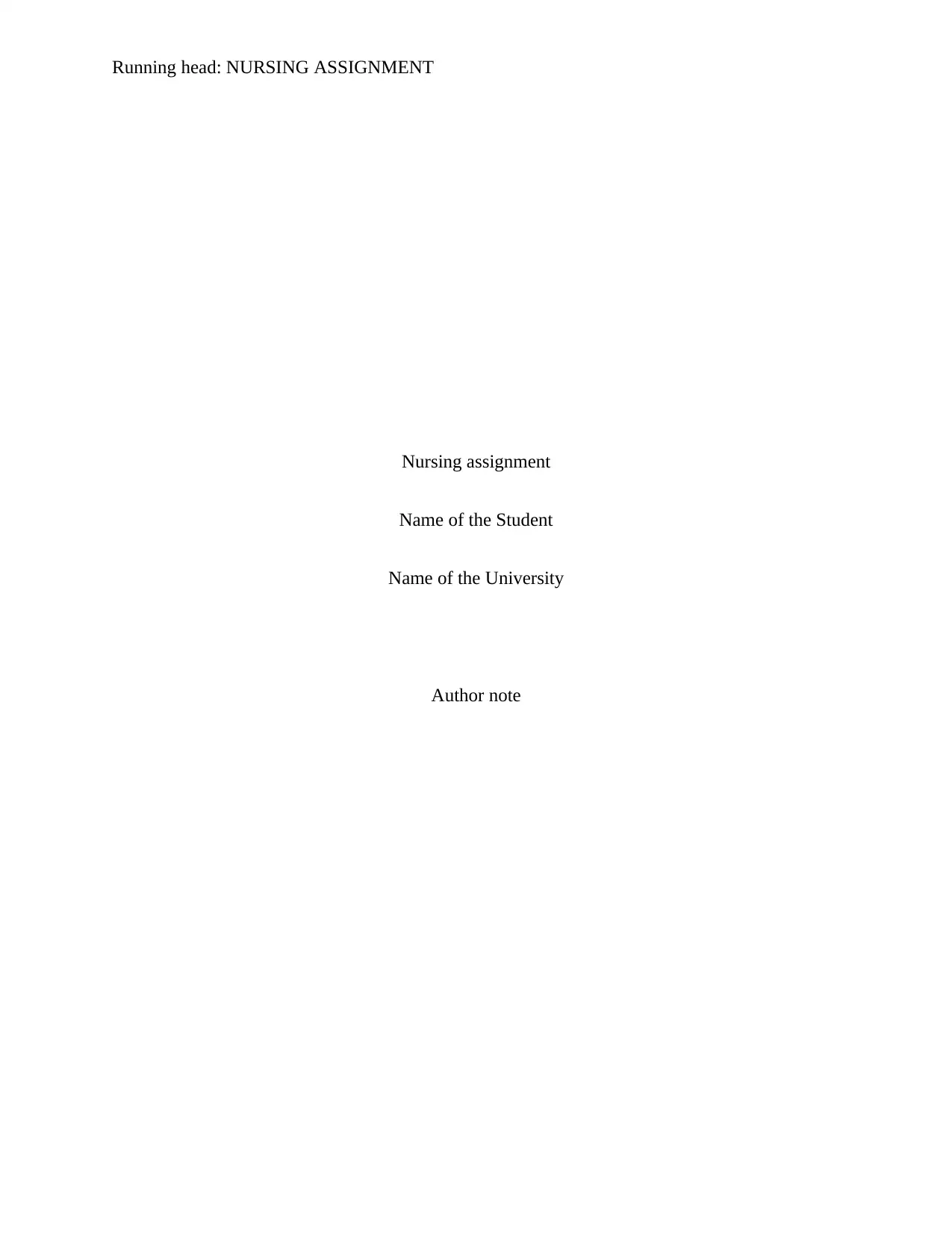
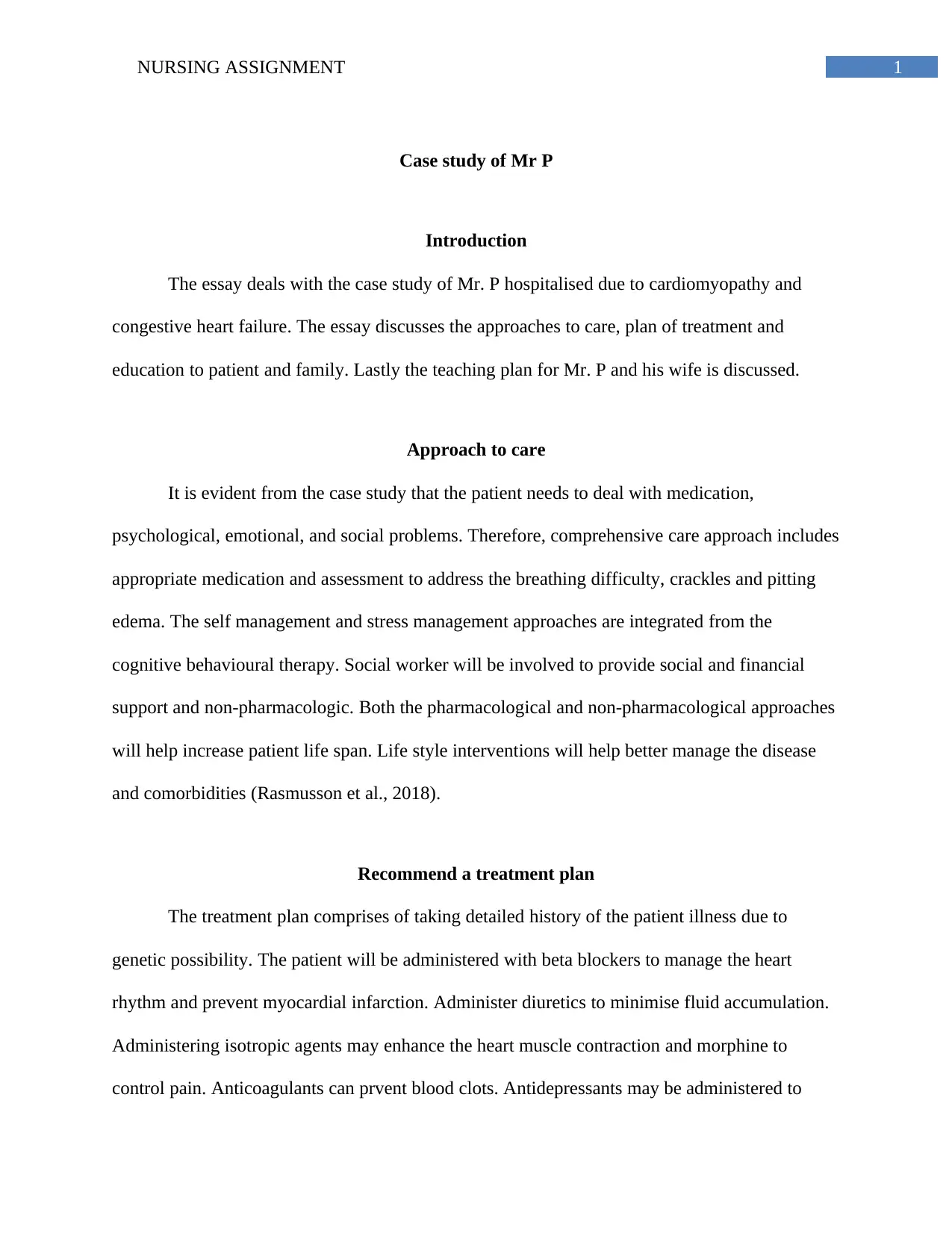
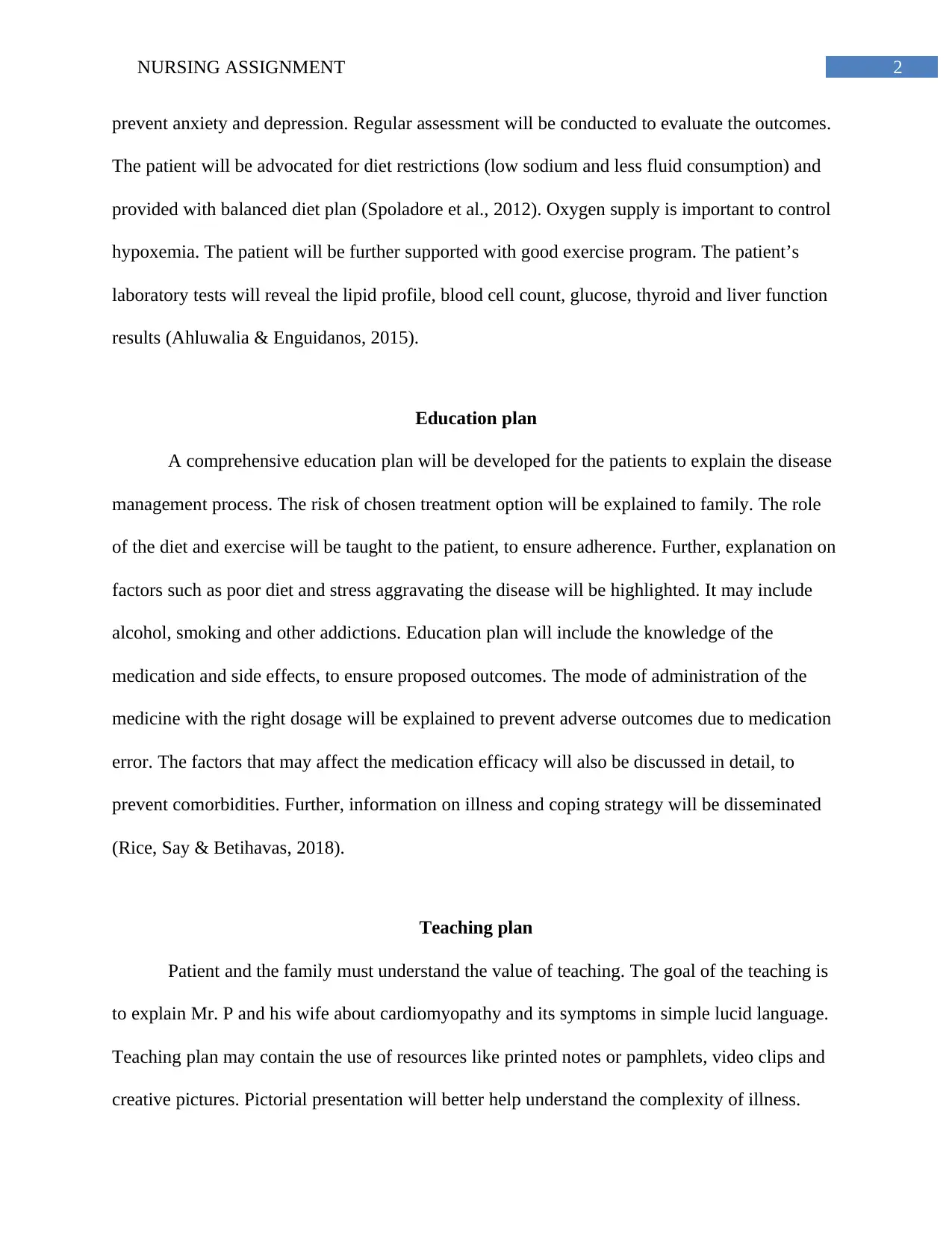

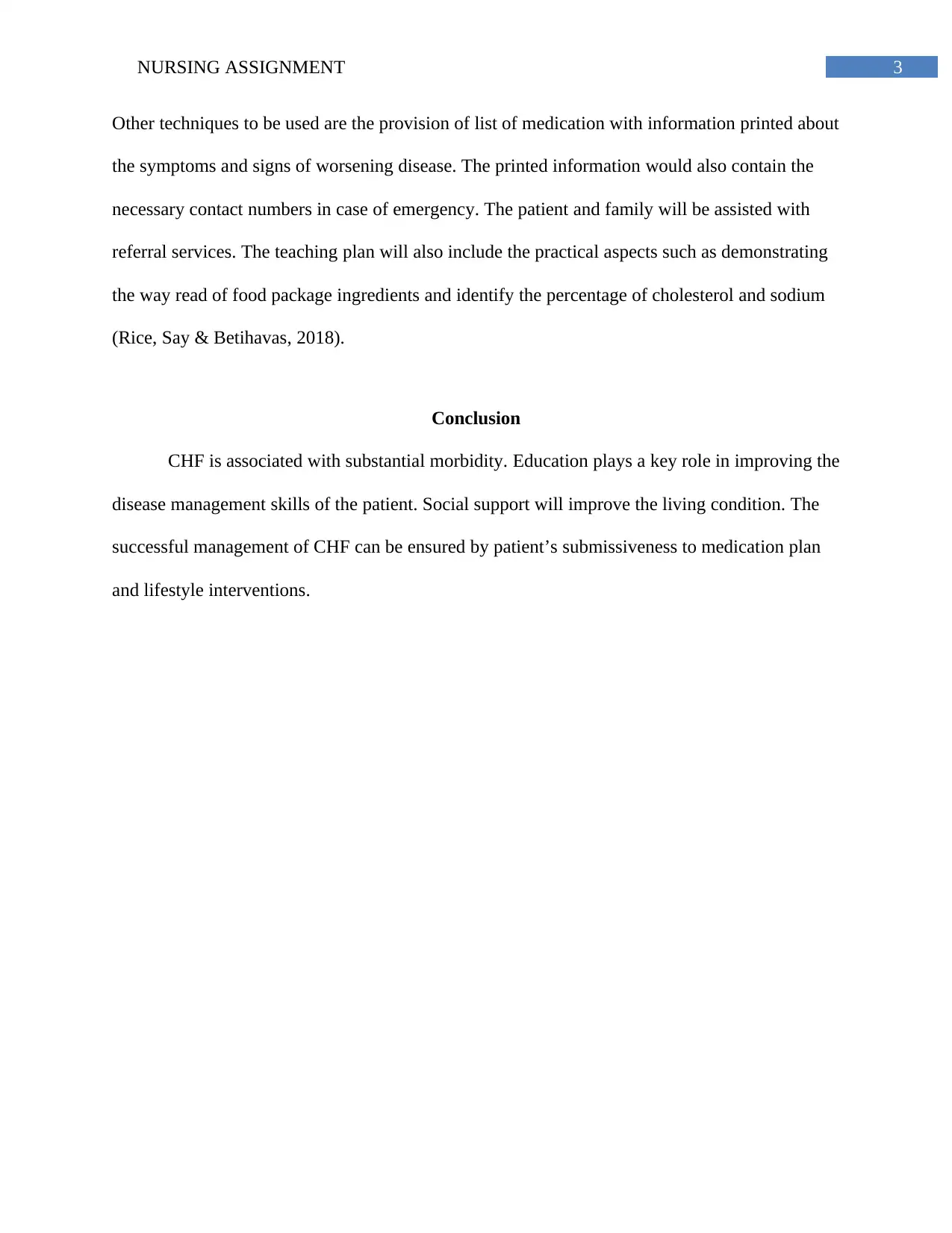
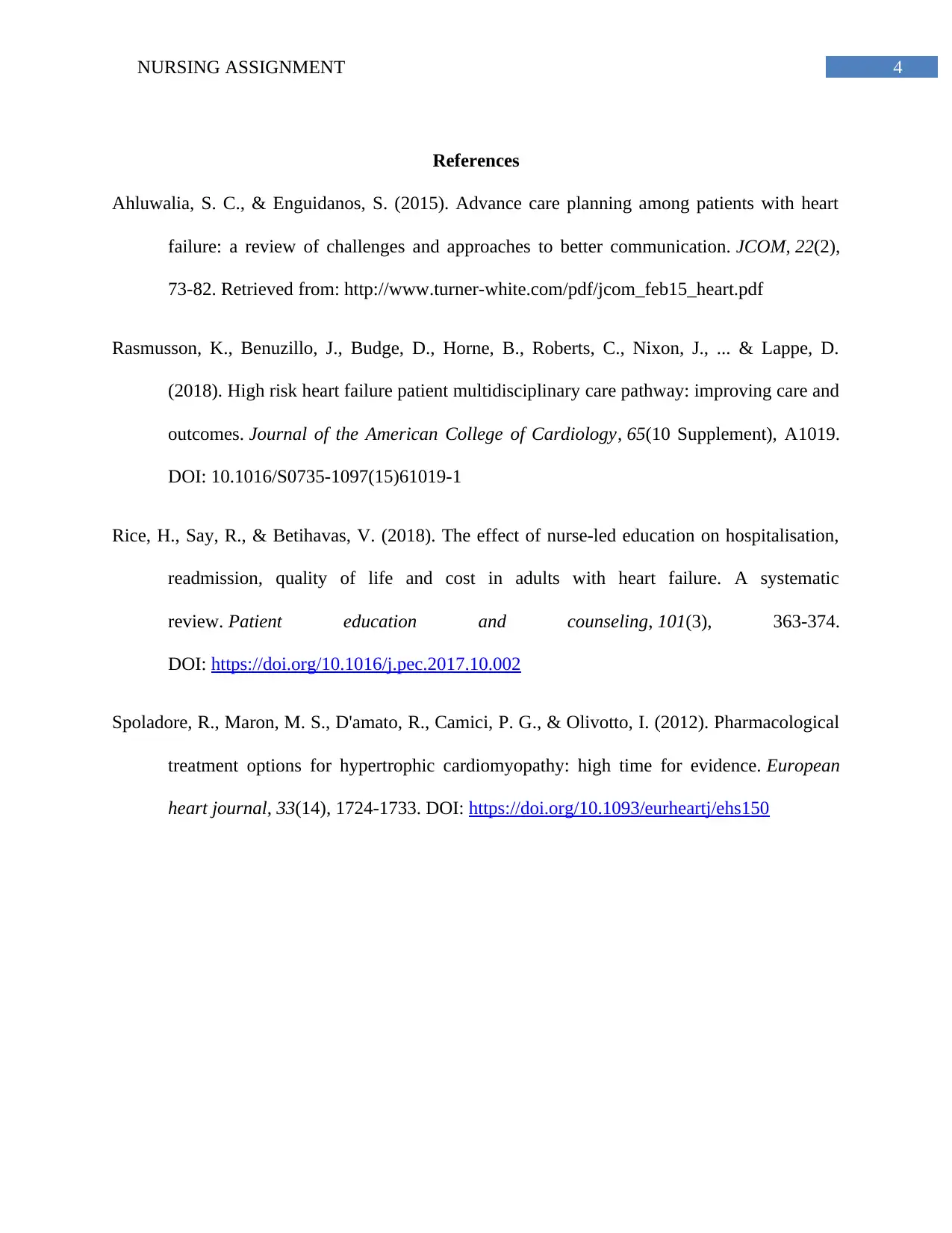






![[object Object]](/_next/static/media/star-bottom.7253800d.svg)